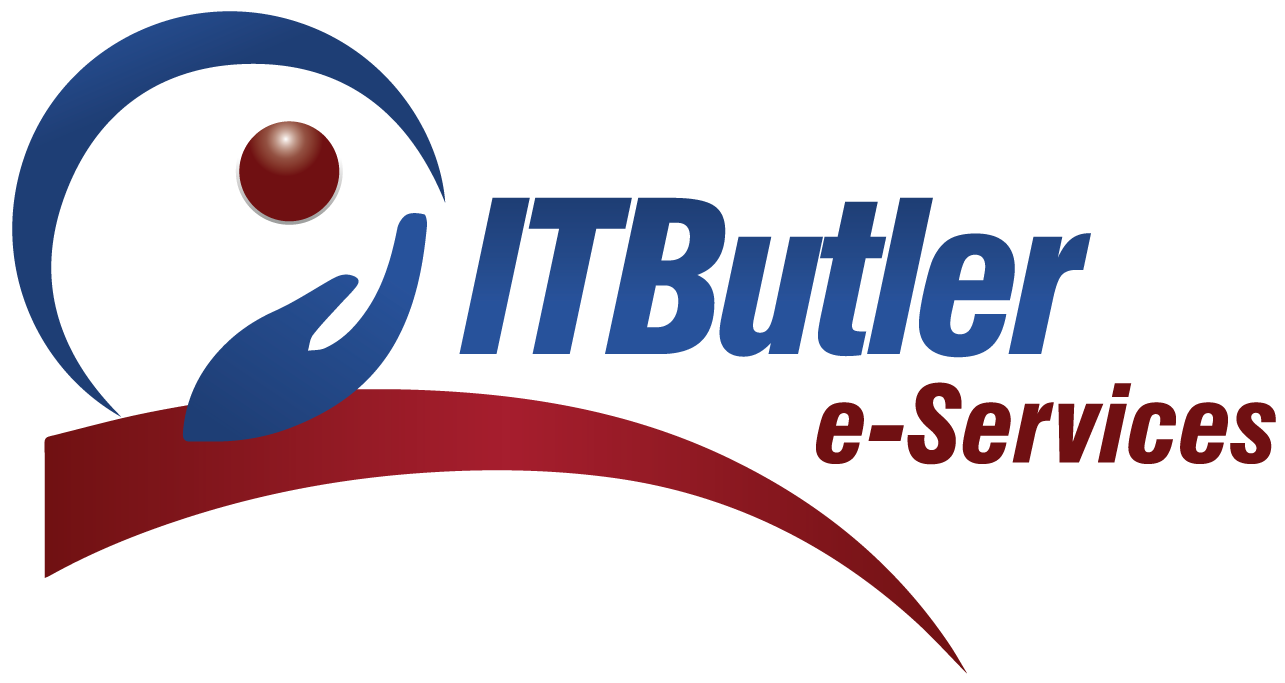Financial institutions increasingly rely on IT outsourcing to enhance operational efficiency, reduce costs, and stay ahead of technological advancements. Banks and financial service providers outsource critical IT functions, such as cloud computing, and cybersecurity. While outsourcing offers numerous advantages, it also introduces risks such as data security threats, and operational disruptions. Therefore, SAMA has established a comprehensive framework for IT outsourcing compliance to protect customer data, ensure financial stability, and prevent cybersecurity threats.
This blog will explore SAMA IT outsourcing compliance, its key requirements, challenges, and best practices for banks and financial institutions.
What is IT Outsourcing Compliance?
IT outsourcing involves delegating specific technology-related tasks to external vendors instead of handling them in-house. Therefore, financial institutions outsource various IT functions, including:
- Cloud computing: Multiple storage and management of data through Cloud service providers.
- Cybersecurity: However, it includes protecting systems and data from cyber threats.
- Software development: Creating mobile banking apps, fraud detection systems, and AI-driven solutions.
- Infrastructure management: The tracking of networks, care of servers, and support for IT facilities.
Why Do Financial Institutions Outsource IT?
There are several justifications that organizations adopt while outsourcing IT services:
- Cost efficiency: However, it helps in cutting all types of costs, particularly direct and indirect costs associated with operating and maintaining costly infrastructure.
- Expert access: Use of specialized IT skills that can assist in exploiting the implement’s advantages.
- Focus on core business – Enabling the banking institutions to avoid indulgence in the sale of financial products.
- Scalability: Lastly, adjusting IT capabilities based on demand.
Nevertheless, the contracts of IT outsourcing present some compliance risks, which are related to data protection. So that is why SAMA IT outsourcing compliance is highly relevant.
Role of SAMA in Regulating IT Outsourcing
Thus, SAMA enforced the main law and regulation of the KSA financial system which supervises institutions in Saudi Arabia. One of its key functions is ensuring that banks and financial service providers maintain compliance with IT outsourcing regulations.
Objectives of SAMA IT Outsourcing Compliance
SAMA aims to:
- To avoid losses and exposure of customer information to hackers or other malicious elements.
- Further, minimize the dependency on third-party suppliers as a means of increasing operational solidity.
- Avoid cyber threats by putting in place the highest security standards.
- Enhance transparency in outsourcing arrangements.
- Moreover, breaching the regulations of the outsourcing policy of SAMA has negative consequences such as penalties, loss of reputation, and insecurity.

Key Requirements for SAMA IT Outsourcing Compliance
Vendor Due Diligence and Risk Assessment
However, before choosing an IT services vendor, there is a need to carry out some homework. Because it will enable a financial institution to determine the effectiveness of the outsourcing vendor. Key evaluation criteria include:
- Regulatory compliance: Ensuring the vendor follows SAMA regulations.
- Security protocols: Checking encryption, access control, and cybersecurity measures.
- Operational resilience: Evaluating vendor stability and service continuity.
- Reputation and experience: Moreover, verifying past performance in the financial sector outsourcing.
Banks must choose vendors who can demonstrate strong risk management and compliance controls.
Data Security and Confidentiality Measures
SAMA mandates strict data protection measures to prevent breaches and unauthorized access. So these include:
- Encryption standards: Securing customer data during storage and transmission.
- Access control policies: Restricting access to authorized personnel only.
- Multi-Factor Authentication (MFA): Moreover, adding extra layers of security.
- Regular security audits: Identifying and mitigating vulnerabilities.
Hence, financial institutions can prevent data leaks and cyberattacks through robust security frameworks,
Regulatory Reporting and Compliance Monitoring
Financial institutions must maintain ongoing monitoring of their outsourced IT services. Compliance measures include:
- Regular audits and assessments of IT vendors.
- Transparent reporting to regulatory authorities.
- Further, incident response plans in case of security breaches.
- Ensuring third-party compliance with evolving SAMA guidelines.
Thus, failing to continuously monitor outsourcing arrangements can lead to compliance violations and legal consequences.
Business Continuity and Disaster Recovery
SAMA requires financial institutions to have a Business Continuity Plan (BCP) in place for outsourced IT functions. This involves:
- Developing backup and recovery strategies to handle system failures.
- Testing resilience through simulated cyberattack exercises.
- Moreover, ensuring IT vendors have incident response plans.
A strong disaster recovery strategy ensures uninterrupted banking services, even in the event of a security breach or system failure.
Legal Contracts and Service-Level Agreements (SLAs)
Financial institutions must enter into detailed contractual agreements with IT vendors. So these agreements should specify:
- Firstly, compliance requirements with SAMA outsourcing guidelines.
- Moreover, data security and confidentiality obligations.
- Service performance benchmarks and accountability clauses.
- Penalties for non-compliance.
So a well-defined contract helps mitigate risks and enforce regulatory compliance.
Challenges of IT Outsourcing Under SAMA Regulations
While SAMA IT outsourcing compliance enhances security and regulatory adherence, financial institutions face challenges, including:
- Managing multiple vendors while ensuring compliance.
- Keeping up with evolving SAMA regulations.
- Balancing cost efficiency with regulatory requirements.
- Lastly, ensure vendor cooperation in audits and security checks.
Hence, despite these challenges, compliance remains a priority for banks to maintain customer trust and regulatory approval.
Best Practices for Achieving SAMA IT Outsourcing Compliance
Financial institutions can enhance IT outsourcing compliance through:
- Comprehensive vendor evaluation before outsourcing.
- Moreover, through strict cybersecurity measures in all outsourced IT functions.
- Regular compliance audits and risk assessments.
- Well-defined SLAs with enforceable compliance terms.
- Continuous monitoring of third-party services.
So these best practices, banks can securely outsource IT services while staying compliant with SAMA regulations.
Conclusion
The security of IT outsourcing depends entirely on maintaining full compliance standards. So the implementation of IT outsourcing services gives financial institutions affordable technology solutions along with regulatory concerns and security threats. The following steps ensure secure outsourcing operations for financial institutions:
- Financial institutions must follow the SAMA’s IT outsourcing framework set.
- Outsourced operations need robust cybersecurity systems to protect them.
- Moreover, Financial institutions should track vendor performance levels while ensuring their compliance with all regulations.
- Lastly, well-constructed SLAs should be used to monitor vendor performance.
Financial institutions prioritizing compliance will secure their operations while promoting system reliability and earning trust.






